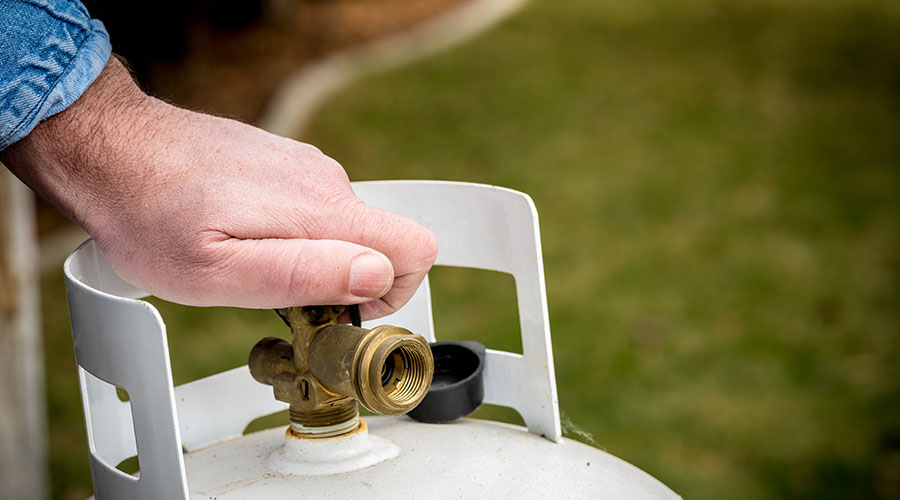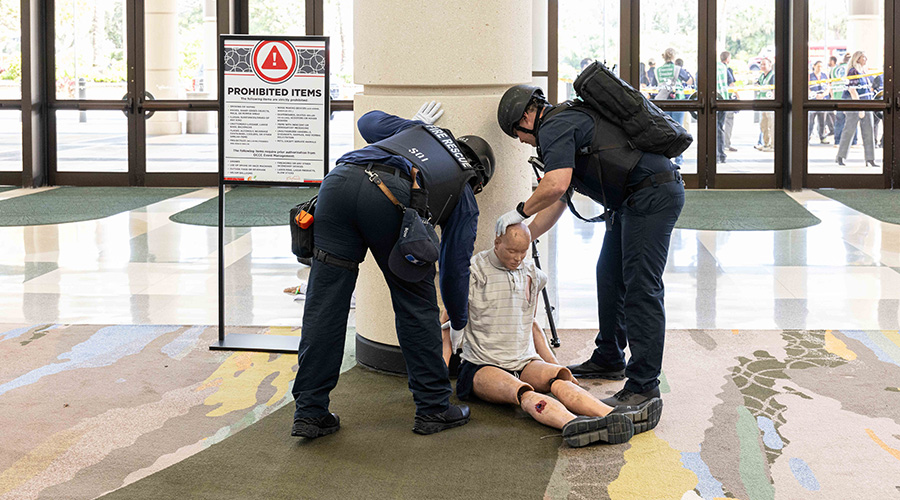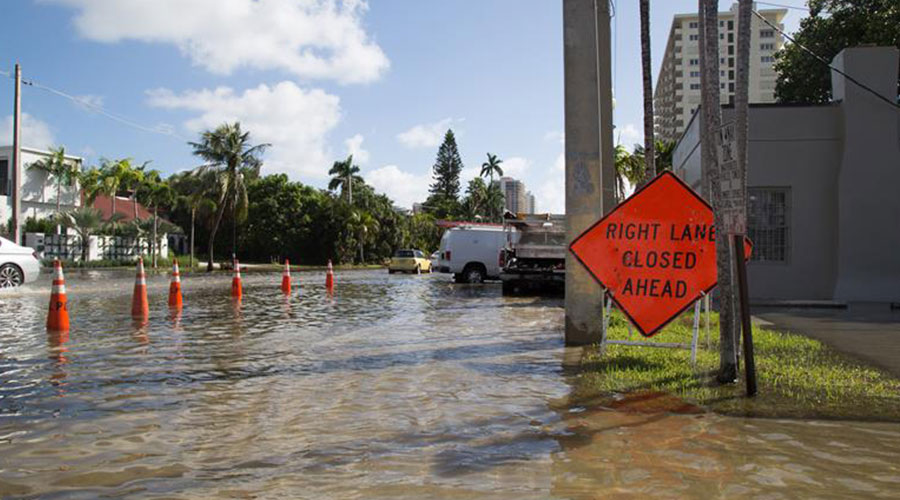Emergency Preparedness: When First Responders are Unable to Immediately Respond
When conditions delay emergency services, facility managers must be ready to take control of the situation.
Being prepared means planning not just for the likely, but for the worst-case scenario — a large-scale disaster where emergency services may be delayed or unable to respond at all.
“Don’t assume first responders will come,” Thomas says. “You must build a plan as if you are on your own.”
For Continuing Life, that mindset has led to the development of on-site emergency trailers stocked with essential supplies, from food and water to lighting and medical equipment. Each Continuing Life community maintains its own trailer, ready to support shelter-in-place operations or evacuations without outside help.
Account for special needs
The challenges of evacuating nursing homes, skilled nursing facilities and hospitals are immense. Many residents and patients have significant mobility limitations and rely on complex medical equipment, Belden adds.
“You must consider things like glasses, dentures, hearing aids, medications — and make sure nothing is left behind,” he explains. “You can't be printing medical records while you're evacuating.”
Belden shares facilities need a phased evacuation approach for rapid-onset emergencies. It begins with monitoring local alerts like red flag warnings, starting ICS protocols early, and having go-bags and documentation ready before an evacuation order.
“We have a special section in our emergency management plan that addresses evacuations and sheltering in place,” Thomas shares. “It considers evacuations and how we would do it. The first step is our Special Needs List.”
This real-time, dynamic registry of residents lists the individuals who will require additional support in an emergency. Does the resident have a hearing or vision impairment? Need a walker or wheelchair? Do they have CPAP machines? Are they on oxygen or in hospice? This list helps staff, and first responders, prioritize care during evacuations.
“We give this list to first responders,” he says. “We can say, ‘We’re actively evacuating. Here is our plan and what we are doing. Here are the residents who require additional assistance and what their considerations are.’ Having that list helps us address the most vulnerable populations here.”
Resident care is a core focus that should begin long before an emergency, according to Thomas. He says hosting town halls and presentations with residents can encourage personal readiness, including maintaining a “grab and go” bag filled with essentials, such as medications, flashlights and important documents.
“Prepared residents make an enormous difference in an emergency,” he says. “They’re not waiting to be told what to do. They are ready to act.”
For skilled nursing facilities, residents must be transported to another skilled nursing facility. This is where things can get tricky, requiring preplanning.
“You need to think about how you are going to get them there. How many buses do you have? Can you get ambulances?” Thomas asks. “The best-case scenario is an emergency that only affects the facility, where you can call 911 and get a large response. The worst-case scenario is like what we saw in LA, where the emergency affected the entire county and resources were stretched. How do you take care of things when you cannot get the level of response you need?”
Consider communication channels
Build communication channels before they are needed, Thomas advises.
“A key component of emergency management is effective communication. You need a communication plan,” he says.
Continuing Life enacted the first part of its communication plan during the wildfires, monitoring the situation on the news and various apps including the Watch Duty app, which uses a network of maps and cameras to offer real-time data on natural disasters.
Staff used this information to stay alert and prepared and shared it with residents to keep them up to date.
“During an emergency, you want to gather crucial information and disseminate that information to whomever needs it,” Thomas says. “That requires proactive monitoring of the situation to help you make decisions.”
Real-time information enabled Continuing Life staff to prepare equipment and supplies, stage equipment for potential evacuations, and offer vehicles to aid other communities.
“We were also monitoring and in communication with local healthcare coalitions and other communities to see how we could help them,” Thomas says. “We asked them what supplies, equipment or assistance we could send.”
He states that while the fires didn’t directly impact Continuing Life facilities, they tested their readiness. “We offered bed space, vehicles, equipment and even staff to support facilities that had to evacuate,” he says.
Communication also includes knowing who is in charge. Incident command should never be ad hoc, according to Belden. Everyone should know who the incident commander is on every shift and those commanders must be trained accordingly, he says.
CAHF offers free training in the Nursing Home Incident Command Systems, a simplified version of the Hospital ICS. CAHF also encourages facilities to use ICS in non-emergency scenarios to build familiarity and confidence in the structure.
Better building preparedness
Building managers and maintenance staff also play a key role during evacuations.
“They are the safety officers,” Belden says. “If you are evacuating to another location, like a community center, they should assess the site. Is there power for oxygen machines? Can we contain residents who might wander?”
They also should be sure to shut down HVAC systems before leaving if there is time. “We’ve seen facilities survive the fire structurally but become inhabitable because they left the air intake on and smoke circulated through the building for days,” he warns.
Emergency preparedness in healthcare and long-term care facilities requires tailored planning, constant training, and collaboration to protect the most vulnerable. When seconds count, preparation isn’t just practical — it’s lifesaving.
Ronnie Wendt is a freelance writer based in Minocqua, Wisconsin.
Related Topics:













